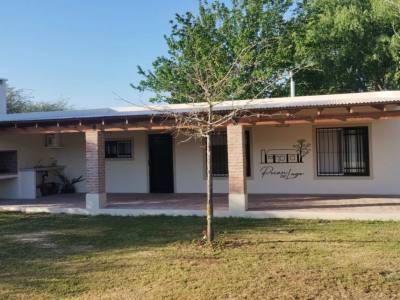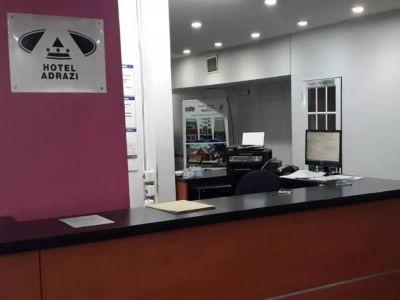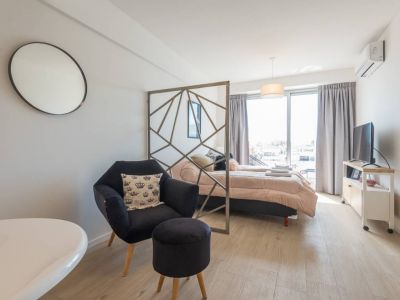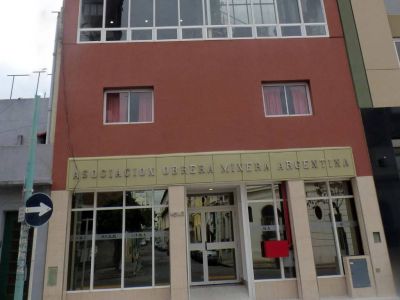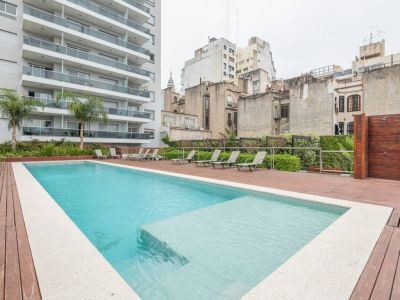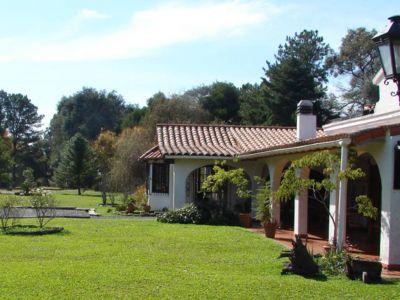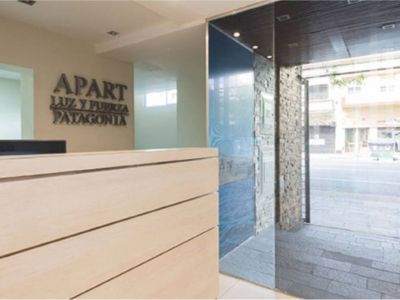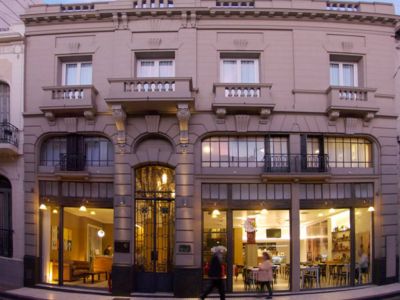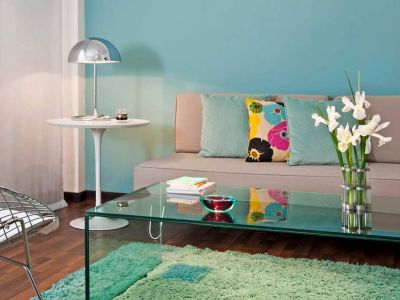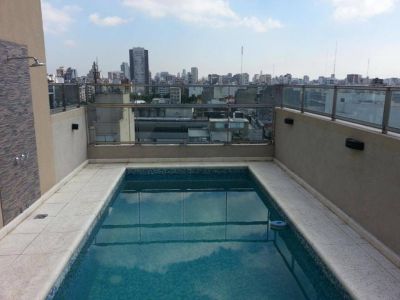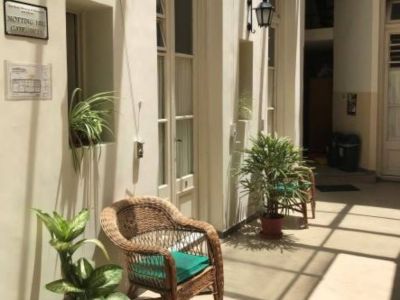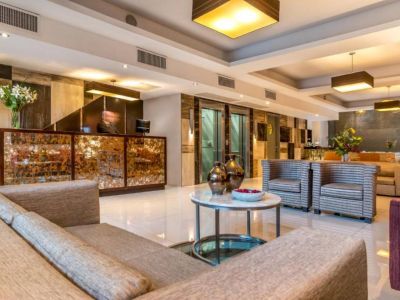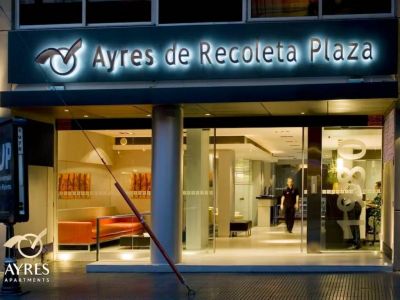The Palace of Justice
The Palace of Justice, a façade that many will recognize because they have seen it on TV, opens up its gates for all of us to visit the place where the maximum court in the country operates and at the same time to appreciate an emblematic building in the city.
Opposite Lavalle Square, in the City of Buenos Aires, there stands one of the fundamental buildings in Argentina: the Palace of Justice, seat of the National Supreme Court of Justice. Its function makes it an interesting space. Its architecture makes it an especially attractive site either for those who are visiting the city or for any porteño that may decide to explore their capital a little more thoroughly. As part of a project to enhance the tourist value of the heritage of Buenos Aires, the Government of the City, in agreement with the Supreme Court, has created the chance to go on guided tours around the palace for the general public to access this legacy. After a prior registration proceeding by phone, we found ourselves at the access hall of the palace on a Friday ready to go on one of these tours. From its façade, the building appears impressive. Charged with columns, windows, capitals, decorations, symbols and arches, the Palace of Justice highlights its own significance. The visit practically starts before entering this building featuring straight lines and diverse styles.
At the access hall, of course, we were welcomed by a great statue that reached almost three meters of height and represented Justice. This is a work by Rogelio Yrurtia, an Argentinian sculptor that presented his own version of how Justice was supposed to be. To both sides of the hall, the tables that represented the law completed the set. The whole building, which was projected early in the twentieth century, follows the French Academicism style. We found Neo-classical columns combined with rococo ornaments, everything ruled by the strictest symmetry and sprinkled with symbols reminiscent of the idea of justice. The tour around the palace led us to essential parts of the building, such as the Hall of Lost Steps, the Honor Yard and even the hall of the maximum president of the court. As we visited each space (open majestic yards, hearing rooms and more private rooms), the guides told us the history of the building and the history of the Supreme Court. Likewise, they added some reflections and even literary quotes that helped us absorb the magnitude of what we were witnessing. But not only is the Palace of Justice significant for its architectural beauty, but also for the full weight of the history that dwelled its corridors. Especially in the hearing rooms, we could make a stop and even sit on the wooden seats, in the very place where justice is executed. We visited, for instance, the hall where the trials of the Cromañón case were held, where a bullet-resistant glass had to be set between the public and the magistrates. When the tour was near the end, we entered the heart of the Palace of Justice: the study where the members of the Supreme Court gather and pass sentence. As the guide explained the function of that place, we could touch the back of the leather seats and we felt the thick red carpet under our soles. This is not a tourist attraction; it is the site where the Republic and the National Constitution –guardian of the rights of all citizens- are breathed. A visit to the Palace of Justice implies much more than a chance to learn about the historical heritage of Buenos Aires. While visiting this palace, we are touring around the site where justice resides.
Marcos Rodríguez
Marcos Rodríguez
Telephone number for the guided tour: 4114 5791























